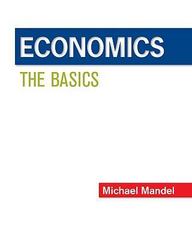Question
A local farmer raises peaches using land (K) and labor (L), and has an output of (, ) = 4 0.5 0.5 bushels of peaches.
A local farmer raises peaches using land (K) and labor (L), and has an output of (, ) = 40.50.5bushels of peaches. a. Find several input combinations that give the farmer 8 bushels of peaches. Sketch the associated isoquant on a graph, with L on the x-axis and K on the y-axis. b. In the short run, the farmer only has 4 units of land. What is his short-run production function? Graph it for values of L from 0 to 16, with L on the x- axis and output on the y-axis. What is the name of the slope of this curve?
c. Assuming the farmer still only has 4 units of land, how much extra output does he get from adding 1 extra unit of labor if he is already using only 1 unit of labor? How much extra output does he get from adding 1 extra unit of labor if he is already using 4 units of labor?
d. In the long run, the farmer can change both his amount of land and his amount of labor. Suppose he increases the size of his orchard to 16 units of land. Add to the graph you drew in (b) a new curve showing output as a function of labor when land is fixed at 16
Step by Step Solution
There are 3 Steps involved in it
Step: 1

Get Instant Access to Expert-Tailored Solutions
See step-by-step solutions with expert insights and AI powered tools for academic success
Step: 2

Step: 3

Ace Your Homework with AI
Get the answers you need in no time with our AI-driven, step-by-step assistance
Get Started


